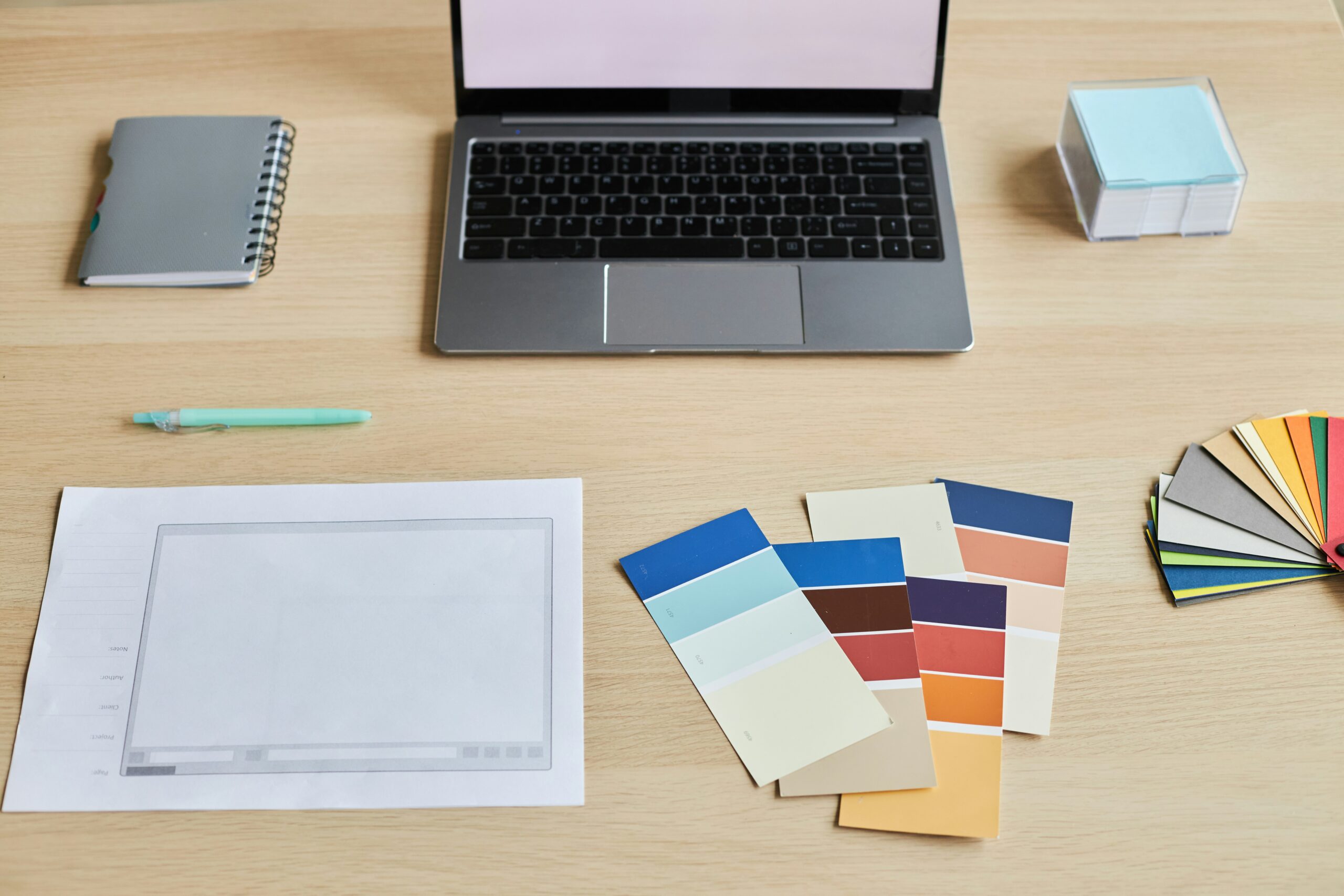
In the ever-evolving design world, where creativity meets functionality, task-oriented graphic design has emerged as a critical approach to solving complex problems. At its core, this method focuses on purpose-driven solutions that align with specific goals and user needs, creating designs that captivate and deliver results. Whether it’s developing a website, crafting a marketing campaign, or designing a user interface, the principles of task-oriented graphic design revolve around organization, clarity, and intention.
Understanding Task-Oriented Design
The task-oriented graphic design prioritizes structure and usability over aesthetic experimentation. While creativity remains vital, the approach is deeply rooted in organizing information to guide the user seamlessly through a specific task. Designers operating in this framework aim to eliminate distractions, focusing instead on the clarity of visual hierarchies, user pathways, and actionable elements.
This approach differs from traditional graphic design, which often emphasizes visual appeal as the end goal. Instead, task-oriented design aligns with user experience (UX) principles, where the user’s objectives take precedence. For example, a website designed to sell products must streamline navigation, optimize loading times, and highlight calls to action while maintaining an engaging aesthetic.
The Role of Organization in Design
The organization is the backbone of task-oriented graphic design. Even the most visually striking designs can fail to meet their intended purpose without proper organization. Key organizational elements include:
- Visual Hierarchy: Effective design requires prioritizing content so users can quickly identify the most critical information. Designers achieve this by manipulating size, color, typography, and spacing to emphasize key elements like headings, buttons, and images.
- Consistency: A consistent design language fosters trust and reduces cognitive load for users. Consistent typography, spacing, and color schemes ensure a cohesive experience, whether it’s across a website, mobile app, or printed material.
- Alignment: Proper alignment ensures that elements in the design maintain a clean and structured appearance. Misaligned components can create a sense of chaos, detracting from the overall user experience.
For instance, in e-commerce design, a visual hierarchy might lead users’ eyes to featured products first. At the same time, the consistent placement of navigation menus ensures users can easily find what they need.
Tools for Streamlined Task-Oriented Design
Designers often rely on various tools to streamline their work and ensure a task-oriented approach. Prototyping software like Figma, Adobe XD, or Sketch allows for creating wireframes and testing layouts before committing to final designs. These tools help ensure the design meets functional requirements before time is invested in perfecting aesthetics.
Additionally, task-oriented designers often use data and analytics to inform their decisions. Heatmaps, A/B testing, and user feedback can provide insights into how users interact with a design, revealing areas for improvement.
Balancing Creativity and Practicality
While task-oriented design focuses heavily on function, creativity remains an essential element. The challenge lies in finding the balance between aesthetic appeal and practical utility. A visually stunning design can still be functional, provided it serves its purpose effectively.
Take, for example, a nonprofit organization’s website. The primary goal might be encouraging visitors to donate or volunteer. A task-oriented designer would ensure that donation buttons are prominent and easy to use while integrating compelling visuals and storytelling elements to engage users emotionally. The creative aspects—imagery, colors, and typography—enhance the overall experience without detracting from the primary task.
Common Pitfalls and How to Avoid Them
Task-oriented graphic design is not without its challenges. One of the most common pitfalls is overloading the design with too much information. When everything is emphasized, nothing stands out, leading to a cluttered and confusing experience.
To avoid this, designers should embrace minimalism, ensuring every element serves a purpose. White space, often underestimated, is a powerful tool for guiding users’ attention and creating a sense of balance.
Another challenge is neglecting mobile users. With a growing number of people accessing websites and apps on mobile devices, task-oriented design must prioritize responsive layouts. Ensuring that designs adapt seamlessly to different screen sizes is no longer optional—it’s a necessity.
Real-World Applications of Task-Oriented Design
Task-oriented graphic design can be seen across industries, from education and healthcare to retail and entertainment. One notable example is the redesign of government websites. These platforms often serve diverse audiences with varying levels of digital literacy. A task-oriented approach ensures that key services—such as applying for permits or accessing resources—are easy to find and complete.
In the corporate world, task-oriented design is critical for internal tools like dashboards and project management software. Clear, organized interfaces allow employees to focus on their work without being hindered by confusing layouts or excessive clicks.
The Future of Task-Oriented Design
As technology evolves, task-oriented graphic design will only grow in importance. Trends like artificial intelligence (AI) and augmented reality (AR) present new opportunities for designers to create intuitive, goal-focused experiences. Imagine an AR shopping app that showcases products and guides users to their desired items in a physical store.
Moreover, accessibility will play an increasingly significant role. Designing for users of all abilities, including those with visual or motor impairments, will require task-oriented designers to adopt inclusive practices.
Design with Purpose
Task-oriented graphic design is more than just an artistic endeavor; it’s a strategic approach to solving problems and achieving goals. Designers can create functional yet engaging experiences that resonate with audiences by emphasizing organization, clarity, and user intent. In a world where attention spans are shorter than ever, organization is not just a skill—it’s a necessity. As the field evolves, task-oriented designers will play a pivotal role in shaping how we interact with the digital and physical world.